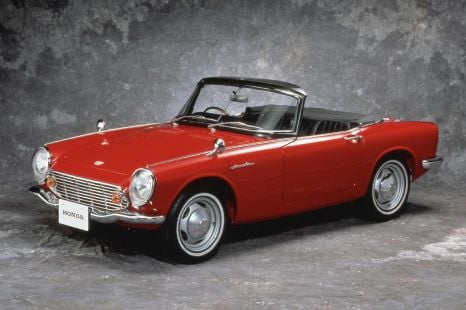

Max Davies
How Audi, BMW, Honda, Mercedes-Benz, and Suzuki started out in Australia, and where they are now
51 Minutes Ago
There's nothing in the world that comes close to the Aston Martin DBS Superleggera in the looks department. It's also scary fast and enormously capable.
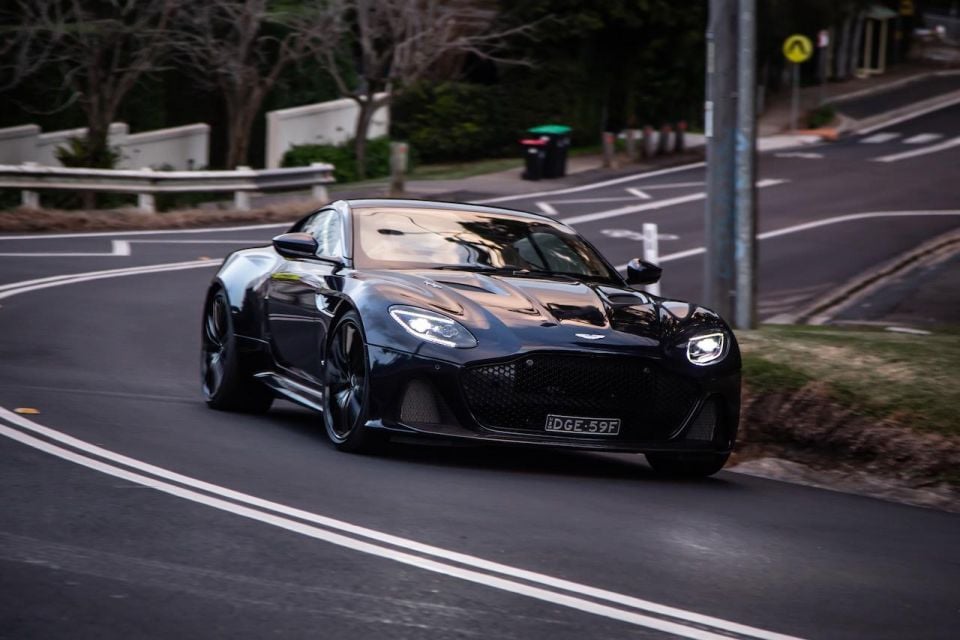


Senior Road Tester

Senior Road Tester


Senior Road Tester

Senior Road Tester
Where expert car reviews meet expert car buying – CarExpert gives you trusted advice, personalised service and real savings on your next new car.
It’s a close contest with two other jaw-dropping contenders but judging by the public’s reaction to the Aston Martin DBS Superleggera, there’s no question in my mind this is the most beautiful car in the world right now.
Naturally, you’ll draw your own conclusions on Ferrari’s magnificent 812 Superfast and Bentley’s spectacular Continental GT – both visually stunning automobiles packing big-hitting twelve-cylinder motors – but neither can pull a crowd like Aston’s ultimate production car.
I can’t get over the absolute glamour of this big Aston. I found myself staring at it with similar enjoyment to that derived behind the wheel, even. In a split second you’re completely fixated on its outrageous grille and monster-sized hips.

If I didn’t know better, I’d say the DBS gives a distinct nod to Italian styling house Zagato, at least at the front, and it’s better for it. Either way, driving it into Sydney’s Barangaroo precinct early on a Friday night had a bunch of tradies dropping their tools and calling it a Vanquish. Close enough.
The styling is outrageous, with that enormous bonnet and gaping mouth and intakes, but somehow it all just works perfectly. And while its spectacular shape is what immediately takes your breath away, it points to the sheer power and performance this thing of beauty is truly capable of unleashing/.
All but the most avid Aston aficionados will likely gloss over the back story to this rarefied nameplate, there’s genuine design-shaping history behind this car, and it’s not all from England.
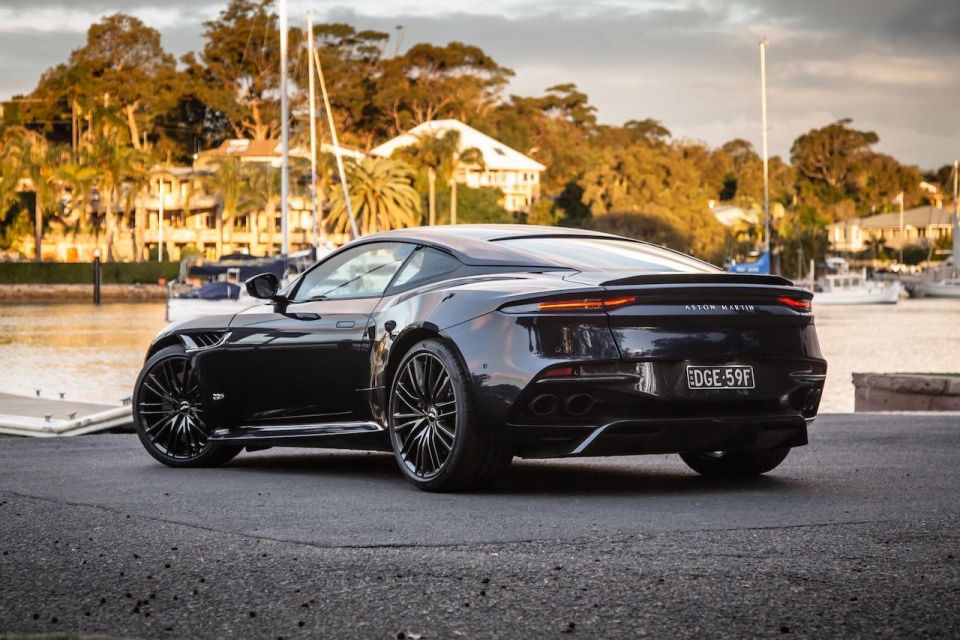
The old-school Superleggera script on the bonnet that points squarely at Carrozzeria Touring Superleggera, the century-old Milan-based coach builder and studio famous for its designs and patented superlight construction methods of the ’50s and ’60s.
Superleggerafirst appeared on an Aston Martin in 1958, when the DB4 Superleggera was unveiled at the London motor show. It claimed a top speed of 225km/h thanks to its space frame chassis of light steel tubes with an aluminium body fitted directly to it.
The car stretched nearly 4.5m long but weighed just 1308kg, thanks largely to its Superleggera construction. And remember, the DB4 was a luxury grand tourer in the truest sense, boasting the highest-quality leather upholstery, as well as all the latest mod-cons of the day – which likely meant a radio, ashtray, and nothing much else.
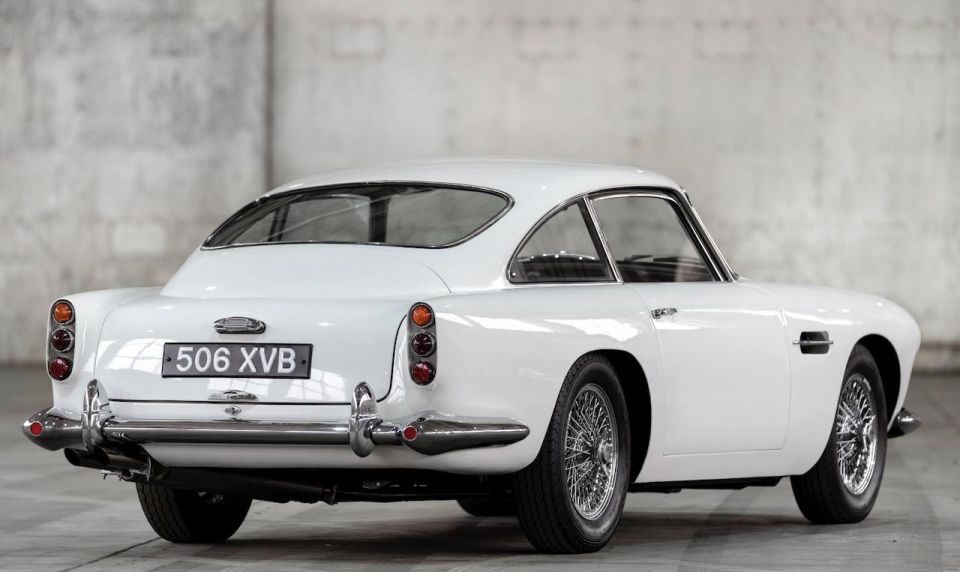
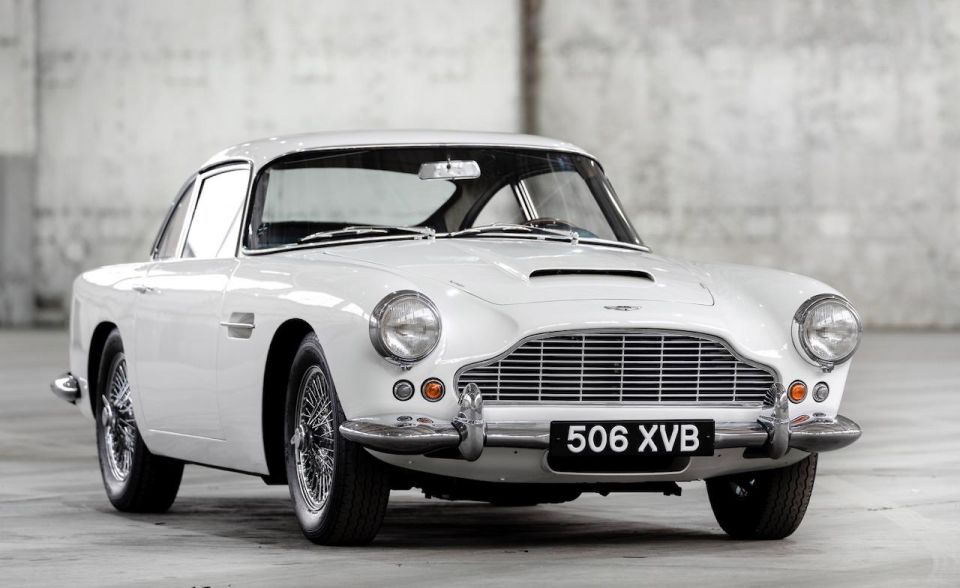
The flagship status of the Superleggera badging and construction method continued with the iconic DB5 of Goldfinger fame, a car that was subsequently dubbed the most famous in the world. Oddly, it was discontinued with the DB6 which used a steel frame instead.
It wasn’t until 1967 the letters DBS was first used by Aston for the William Towns-designed fastback GT, powered by a 4.0-litre inline-six (and later a 5.3-litre V8). It survived until 1972, when the DBS insignia was temporarily retired.
It would be 35 years before the badge would again grace the body of a flagship Aston Martin. The V12 DBS was unveiled for the first time at the 2007 Pebble Beach Concours in the United States before its first public showing at the Frankfurt motor show some months later.
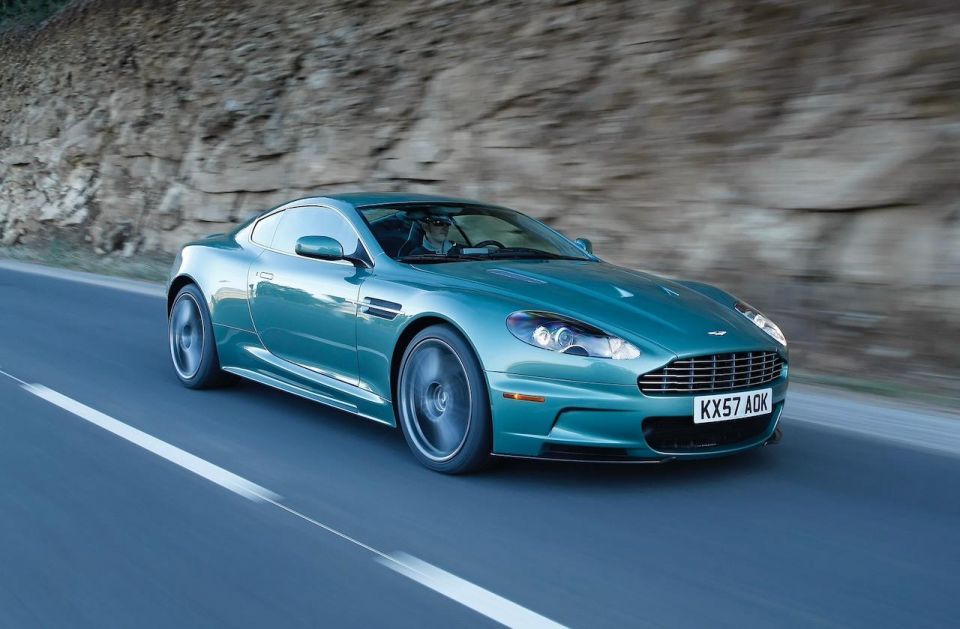
And while it might have been billed as a grand tourer, it was a hardcore performance car that required respect and knowhow from those lucky enough to be behind the wheel if B-road-charging was the go.
The latest Aston Martin DBS Superleggera is an entirely different bit of kit; bigger, badder and armed to the teeth with enough grunt to power Britain’s main battle tank, yet more strikingly beautiful than any of its forebears.
This is a car packing enough of a whack to bring on torque-induced motion sickness for anyone that doesn’t have a grasp of the effect 900Nm can have on the human body.
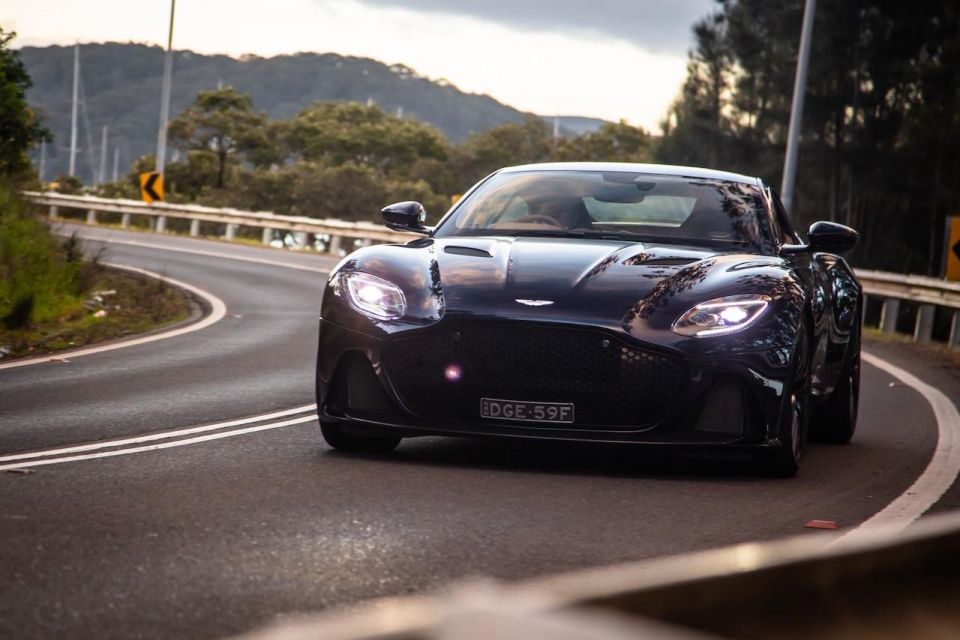
And let’s be honest. At 1693kg the so-called Superleggera isn’t exactly… light. But it is 72kg lighter than its special DB11 AMR V12 stablemate. Bear in mind the 812 Superfast weighs 1705kg with an even larger 6.5-litre V12 engine, while the Continental GT W12 is a true heavyweight at 2433kg.
Put the Superleggera’s relative heft down to its own 5.2-litre twin-turbo V12 motor. Pair it with the latest ZF eight-speed automatic gearbox designed to handle the huge torque output and there’s simply no fooling the scales.
Aston’s marketing blurb describes the Aston Martin DBS Superleggera as ‘beautifullybrutal’, and that’s right on the money in my view.
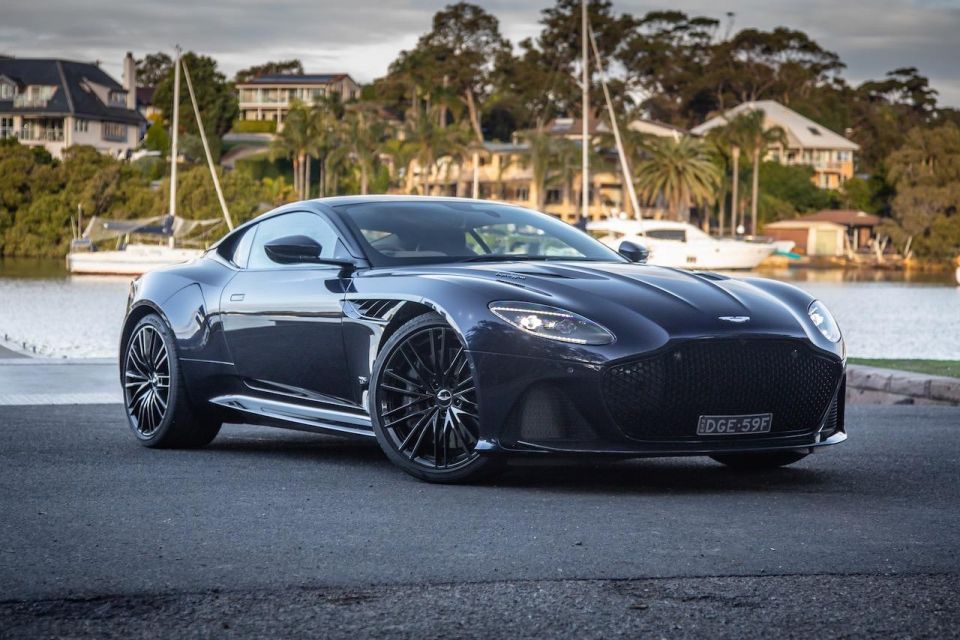
Pricing kicks off at $517,000 before on-road costs for the coupe, and if you’d like your V12 concerto in surround sound the Volante will set you back a cool $570,200 before on-roads. Big bucks, whichever version of the Superleggera you choose.
There’s no escaping comparisons with the Ferrari 812 Superfast GTS (it doesn’t build the Coupe any longer) which wears a stratospheric price tag of $675,888 before on-roads. That said, the Ferrari is a more focused machine than the Aston when you factor in its larger displacement and dual-clutch transmission.
Some might even cross-shop the DBS with Porsche’s flagship 911 Turbo S despite its twin-turbo flat-six sitting down back.
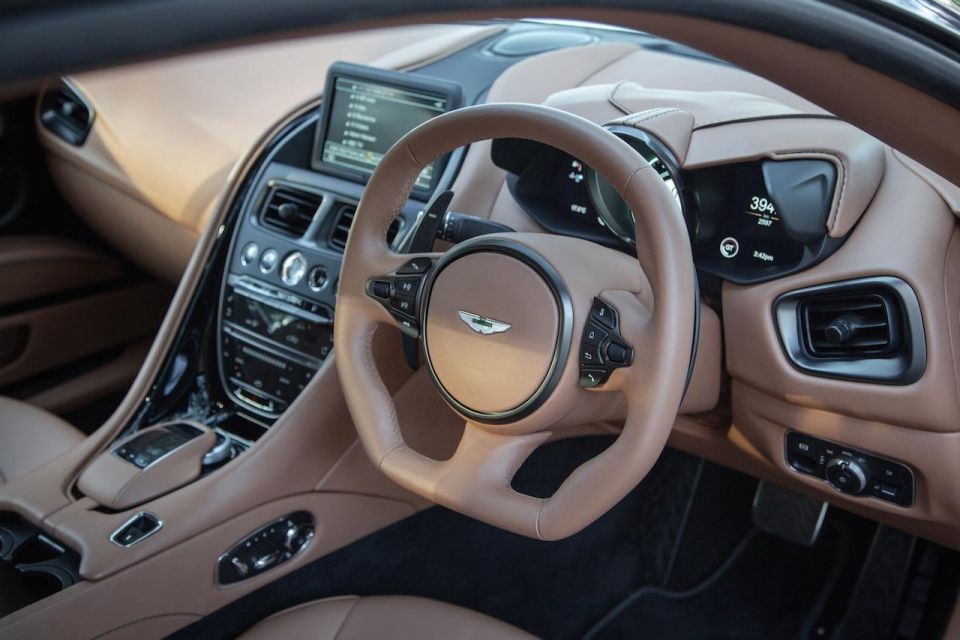
There are those who’d argue it’s the ultimate GT, combining huge outputs (try 478kW/800Nm), ballistic speed, and a luxurious cabin – and who are we to say they’re wrong. Either way, it’s also got a hefty price tag of $494,900 before on-roads.
Buy your new car without the stress. It's fast, simple and completely free.

Great service from Travis and team, second time I have used this business would not hesitate to recommend them to anyone
Craig C.
Purchased a Ford Ranger in Sunshine Coast, QLD
CarExpert helped Craig save thousands on his Ford Ranger, now let us save you on your next new car.
Find a dealLess than you might expect after slapping down more than $500,000 on the counter, but then that’s the way it often goes with frightfully expensive cars these days.
It seems like the more you spend the less you get compared with less expensive makes and models.
I’m not saying the Aston Martin DBS isn’t plush or loaded with some tasty kit. It is, but a lot less than you’ll find in the latest Audi A5 45 TFSI – and for that you’ll pay $87,570 before on-roads and you’ll get more advanced matrix headlights with laser lighting, as well as a 19-speaker Bang & Olufsen sound system.
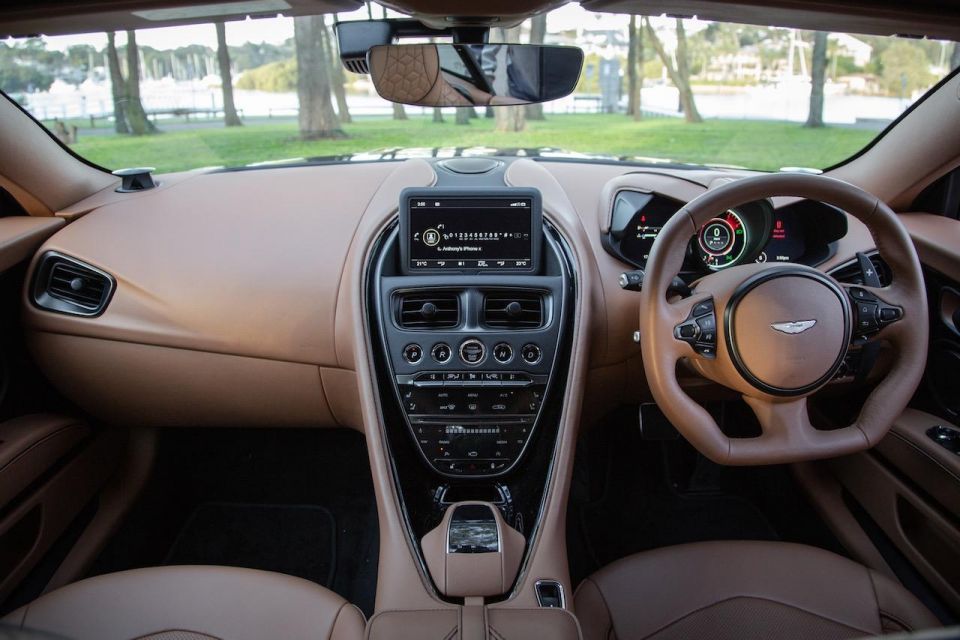
The same can be said for a mid-spec Mercedes C-Class Coupe or BMW 4 Series, and I find it unacceptable to pay so much and get so little in comparison with much less expensive prestige makes, despite the obvious differences in the segments each compete in.
That said, standard specification for the Australian-delivered DBS Superleggera includes dual-zone climate control, electrically-adjustable sports seats, mood lighting, front and rear parking sensors, and an 8.0-inch non-touch infotainment screen (that was old hat when the car was launched).
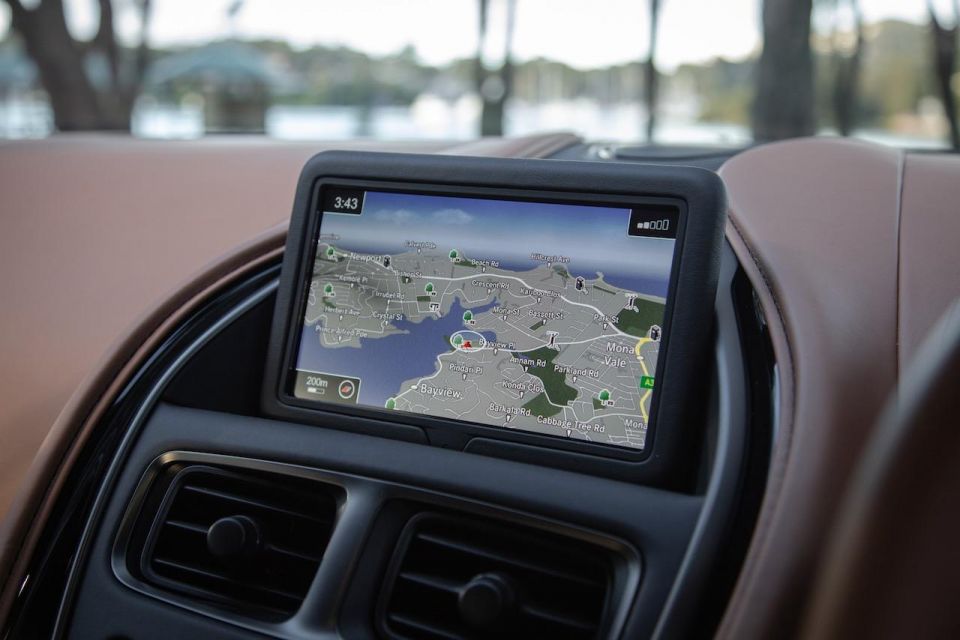
There’s no Apple CarPlay or Android Auto, but there is iPhone integration via USB and Bluetooth, along with DAB digital radio, heated memory seats, and an auto-dimming rear-view mirror, but that’s about it for the goodies.
Thankfully, though, there are two USB ports, an SD card slot and a 12V socket in the console bin for convenience.
Our tester was equipped with its fair share of options too, including powered seat bolsters, a special copper-tan metallic AML leather colour with triaxial quilting, and a matching colour-keyed steering wheel.
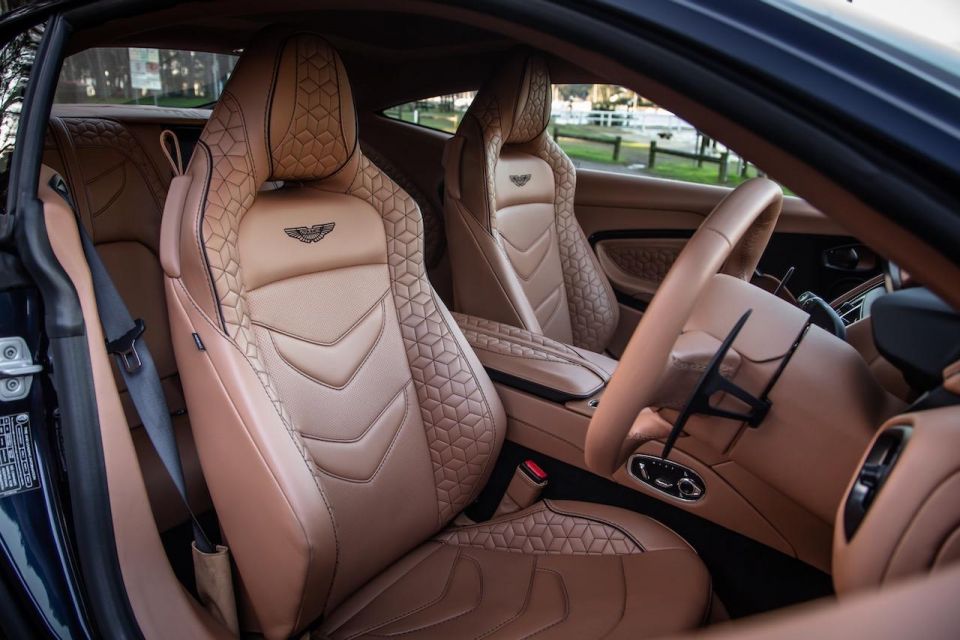
It also had optional smoked rear lamps, headrest embroidery, Bang & Olufsen audio, and ventilated front seats with contrast colour stitching. The headlining itself is a visual treat, a rich leather hide to match the rest of the upholstery. It’s sheer class and exactly what you might expect to find in Aston Martin’s flagship.
The regular 21-inch forged alloys have been replaced with a similar 10-twin-spoke style finished in shadow chrome, in keeping with dark theme all over this particular example.
All of these dark accents including tread plates, interior jewellery, embroidery on the headrests, and unique exterior mirror caps are a great match for the car’s spectacular Sabira Blue paint job.
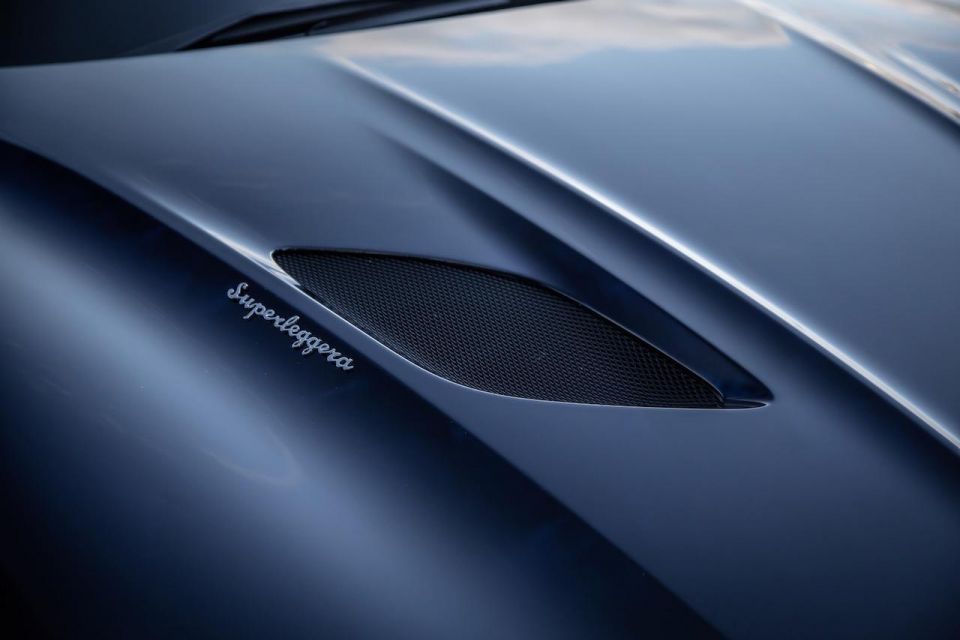
If I’m completely honest, and as I told the people at Aston when I collected the car, I prefer Liquid Crimson as it highlights the masculinity of the DBS better than any other colour in the palette.
Oh, and there’s also a very nice full-size Aston Martin umbrella in the boot for your convenience at the golf club.
If you search ANCAP there’s no listing for Aston Martin, Ferrari, or the Porsche 911, so you can forget official safety ratings as far as sports cars and grand tourers are concerned in this realm. It’s unlikely to be a dealbreaker for buyers.
As far as active safety goes the DBS gets blind-spot monitoring, a 360-degree camera, automatic parking, and that’s about the extent of it.
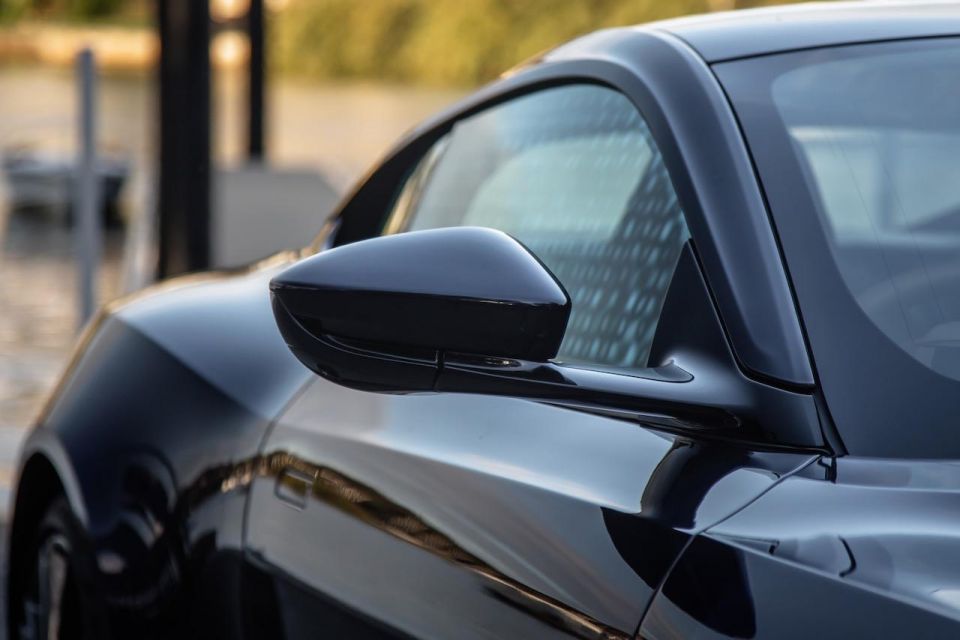
The quilted leather upholstery with contrast black stitching and embroidery is nothing less than exquisite, and gives one an immediate feeling of high-end luxury, which extends to the headliner and rather useless rear seats.
But, that’s where that feeling of five-star luxury starts and ends for the DBS. The dash itself is mostly familiar territory from the regular DB11 but somehow feels a bit more special – though it’s largely down to the options in this example, the pop-up B&O tweeters in particular.
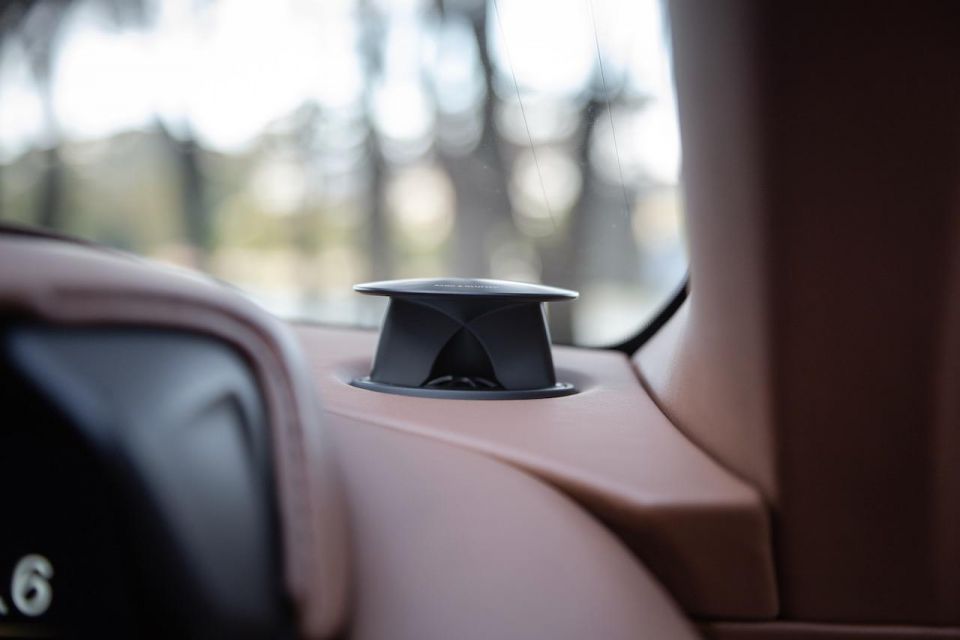
Where expert car reviews meet expert car buying – CarExpert gives you trusted advice, personalised service and real savings on your next new car.
It’s also a bit cramped inside, a fact made more apparent given the low-slung driver’s seat. There’s not a lot of space for loose stuff like the key fob, either, bar the console bin itself.
Frankly, it just doesn’t feel special enough for a flagship model from Aston Martin. Bentley remains the benchmark in that regard.
However, the boot allows for at least two reasonably-sized soft bags along with grocery bags if required, just don’t expect any friend, family, or foe to sit in the rear seats. Even a three-year-old would struggle back there as legroom is virtually non-existent.
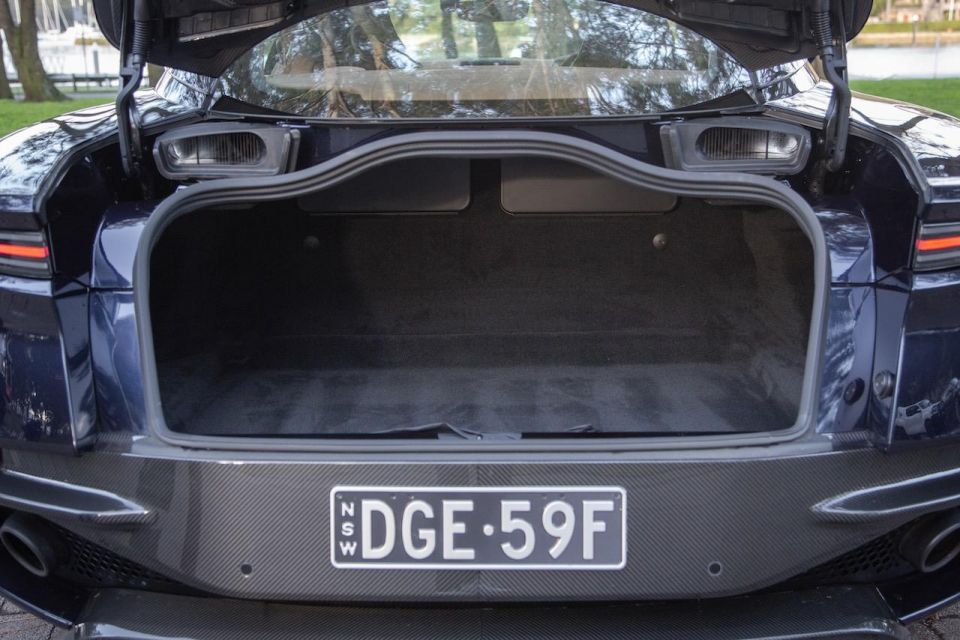
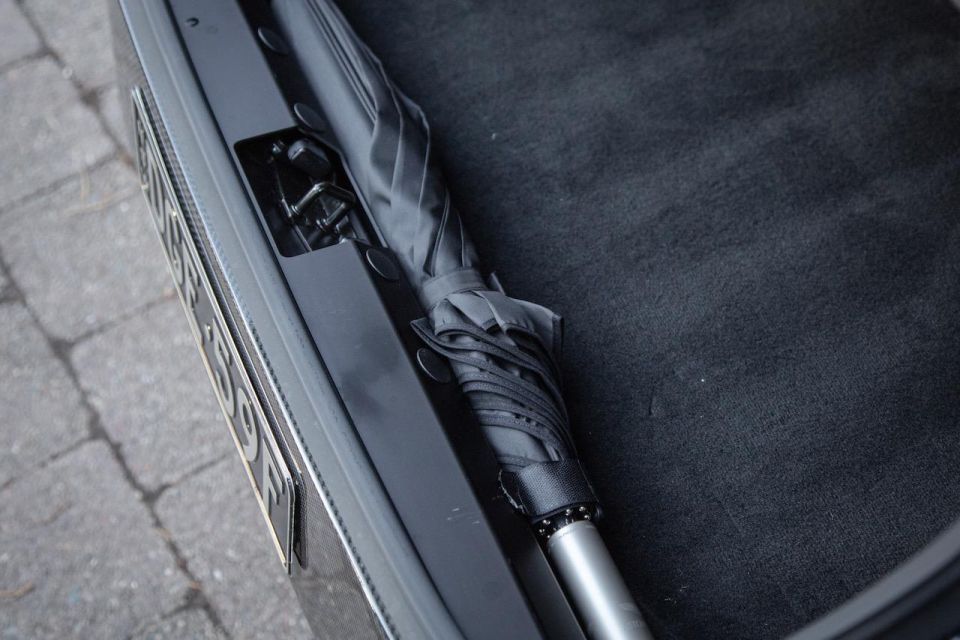
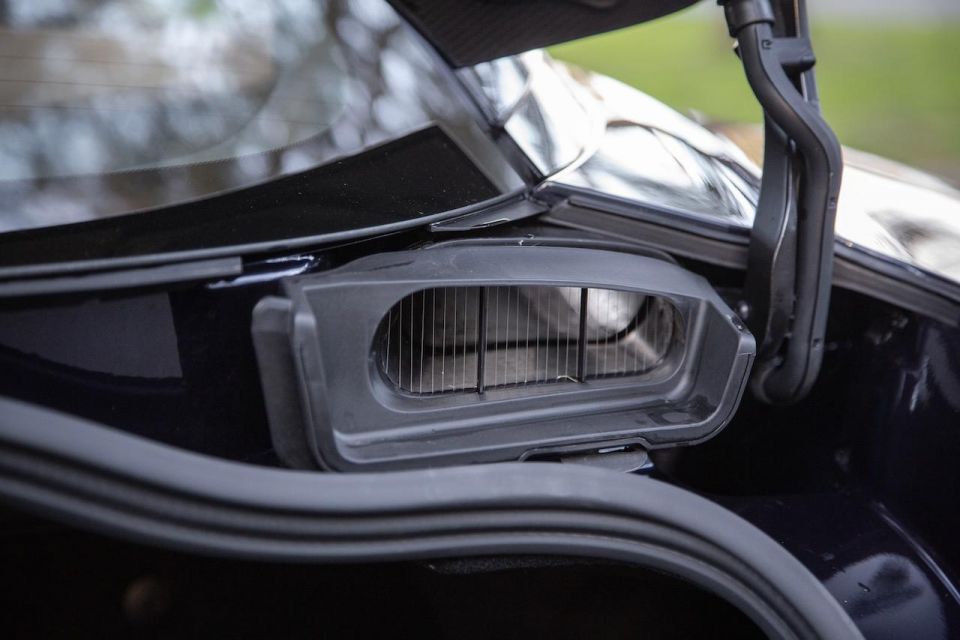
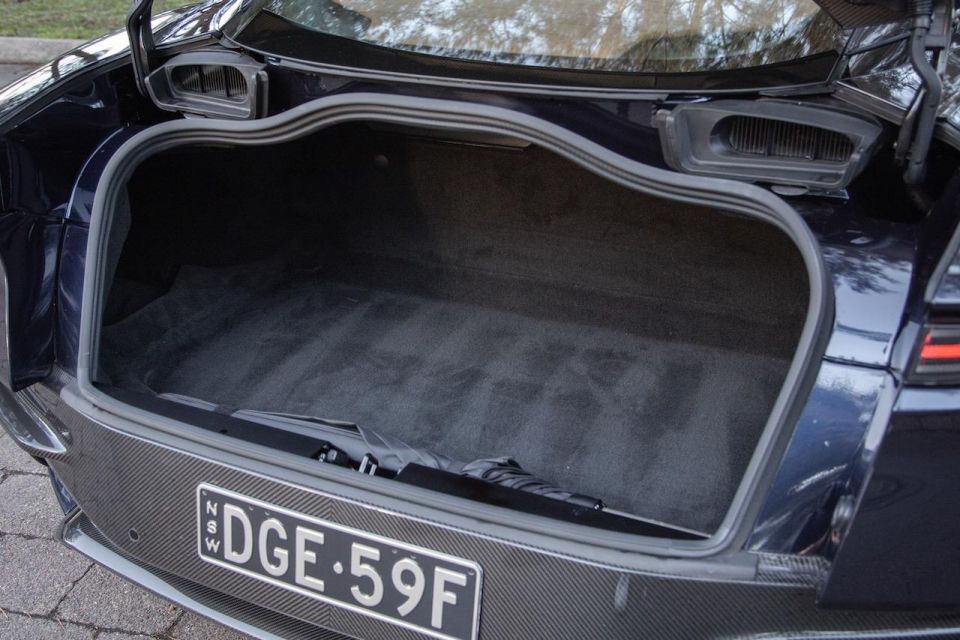
Aston Martin’s in-house designed 5.2-litre all-alloy, quad-cam, twin-turbo V12 motor generates 533kW of power at 6500rpm and a colossal 900Nm of torque between 1800 and 5000rpm.
The performance figures aren’t necessarily at the top of the charts in its segment, but the DBS Superleggera will smash the 0-100km/h sprint in a very respectable 3.4 seconds, while the 80-160km/h overtaking dash is dispatched in a mere 4.2 seconds in fourth gear.
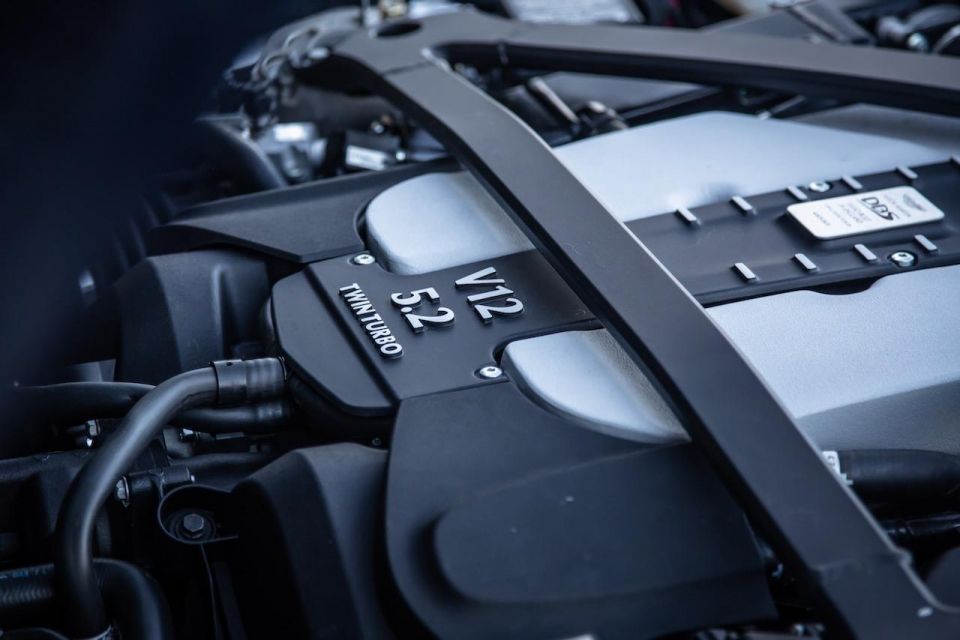
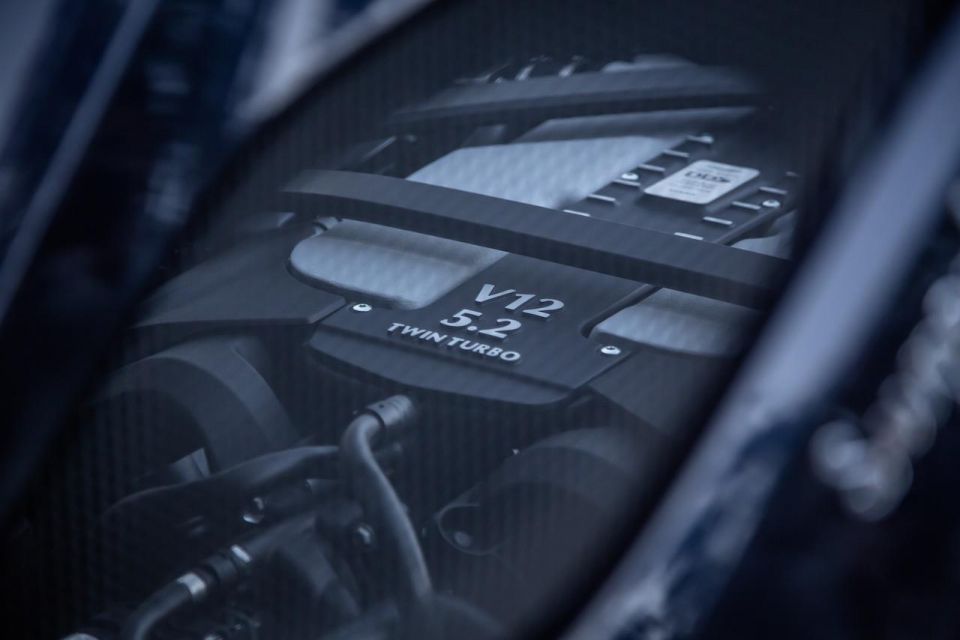
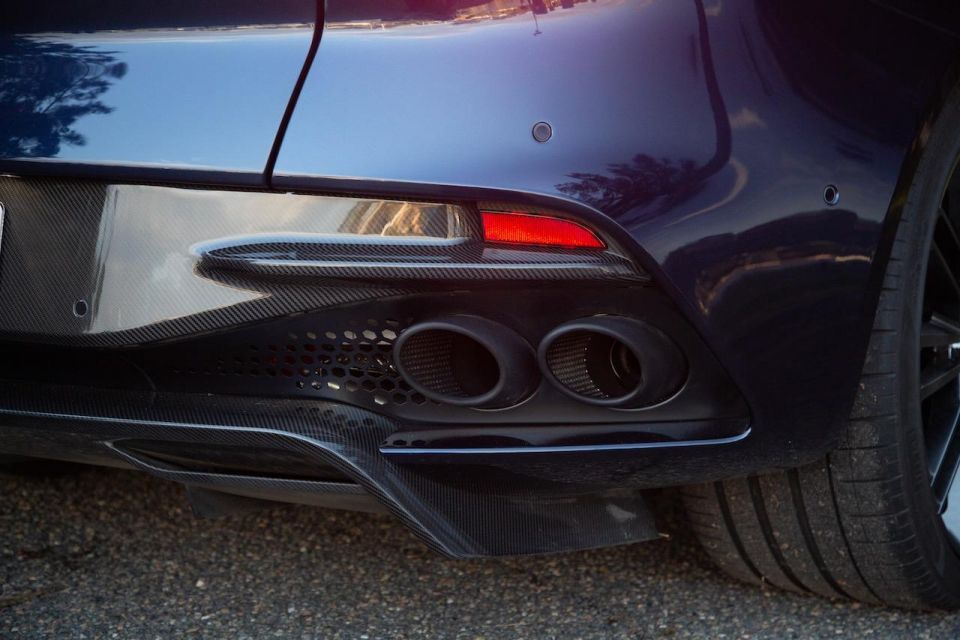
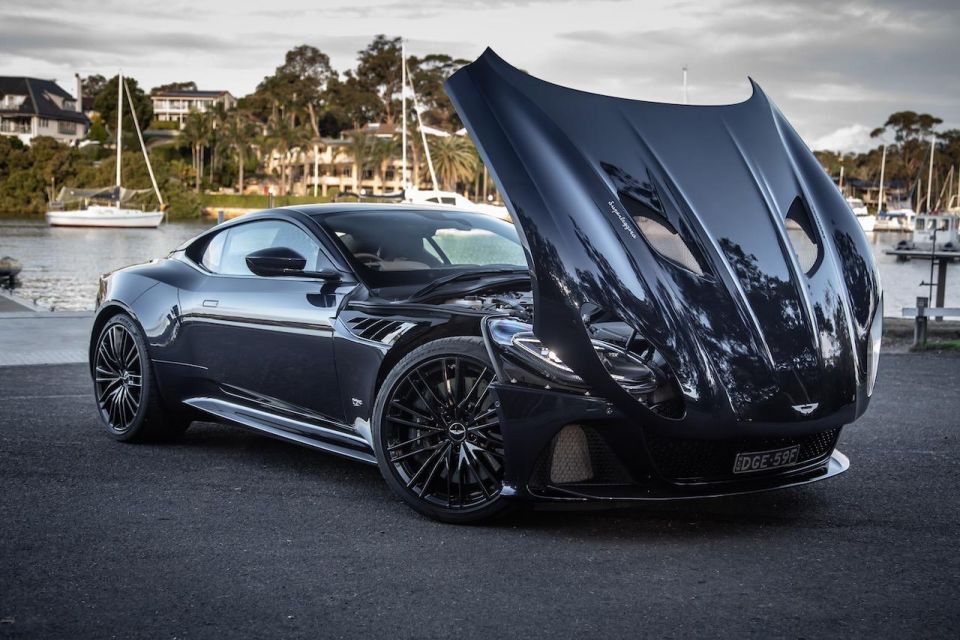
By way of comparison, the more highly-strung Ferrari 812 Superfast does the 100km/h sprint in just 2.9 seconds thanks to its larger-displacement, naturally-aspirated 6.5-litre V12, while the heavier Bentley requires 3.7 seconds.
The angry bark on start-up should be enough to telegraph its intent to the driver and anyone else within earshot. There’s genuine menace lurking under that clamshell bonnet.
Having said that, you could also daily the DBS Superleggera. Just don’t let its beguiling beauty fool you into a false sense of comfort. Make no mistake, this is a very, very fast car more than capable of launching a full-on assault on your vital organs.
You tend to start in the least aggressive mode – GT in this case – where throttle response is retarded a tad at lower revs. A decent right-foot prod is enough to unleash a dollop of torque to the rear axle, but you’ll need to have your game face on to deal with the inevitable wheel spin that follows when it does arrive
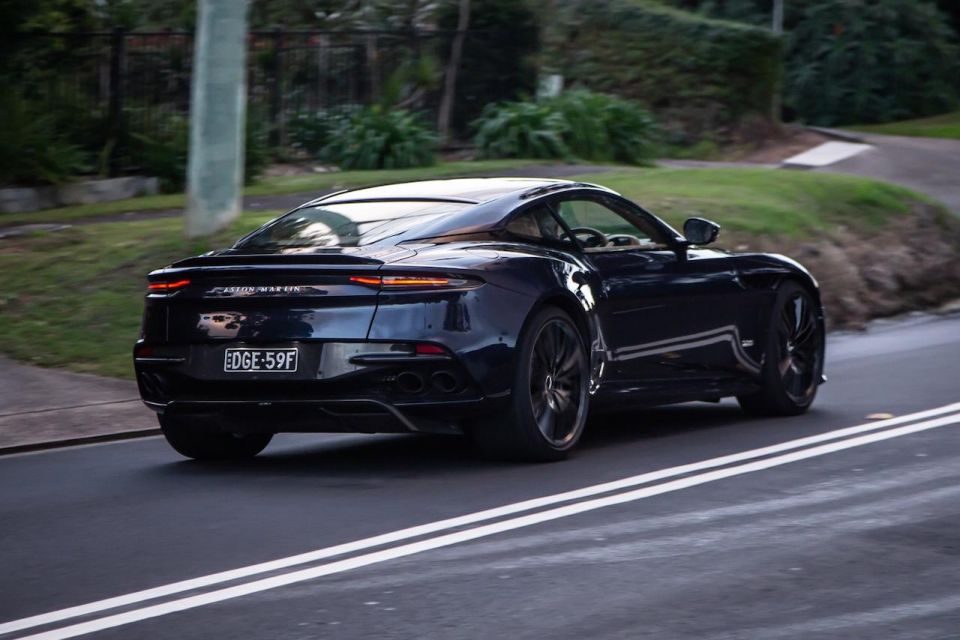
That said, even the Sport setting is manageable in slow-moving traffic, once your brain has calibrated throttle and brake pressures in the various dynamic modes.
There’s still a bit of unavoidable lag below 2400rpm, but once the revs start climbing the acceleration is relentless and all too easy. It’s intimidating, given the sheer size of the DBS. No doubt owners will get used to it over time.
I can only imagine what it would be like blasting along the autobahn in Sport+ overtaking a German rival on one of those high-speed curves at more than 250km/h.
Ride comfort is a bit of a surprise, too, because even with the Aston’s adaptive dampers I was expecting a firm ride but that’s just not the case.
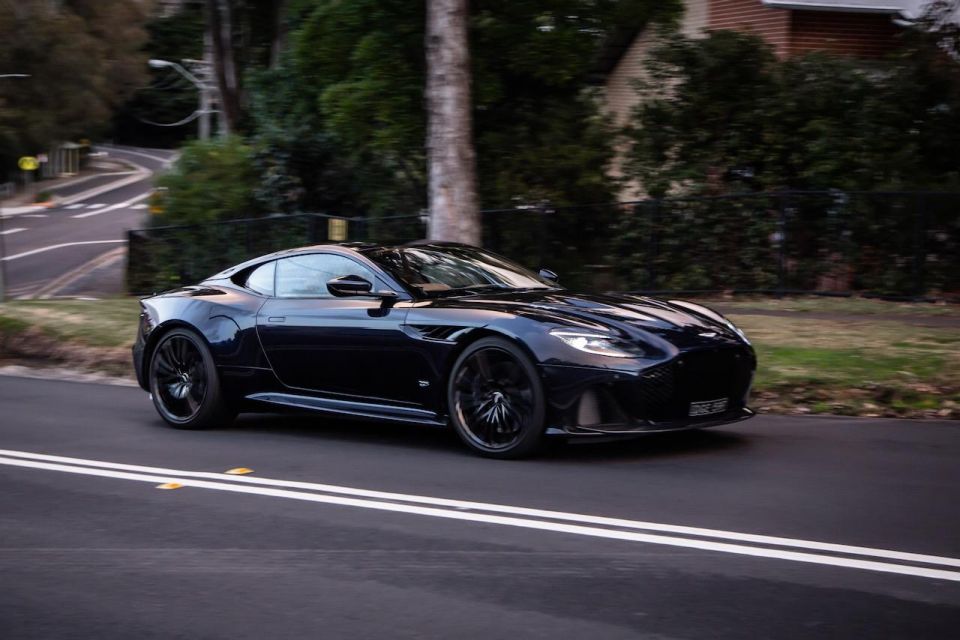
It’s very close to the DB11 in this regard and capable of ironing out the majority of bumps, even those steel expansion joints on Sydney’s bridges. Not bad for a car of this size and weight, riding on 21s shod with 305/30 series Pirelli rubber down back and 265/35 rubber up front.
With 900Nm available from low in the rev range, I expected the DBS to run at least 315/30s at the rear considering traction can be broken in third or fourth gear with a little right-pedal encouragement.
That’s not to say that dampers don’t firm up in the sports modes, because they do. Body control is sublime for a big GT, to the point where I found myself seeking out roundabouts. There’s zero body roll no matter how aggressive or quick you are with the steering wheel, and the front end feels impressively sharp.
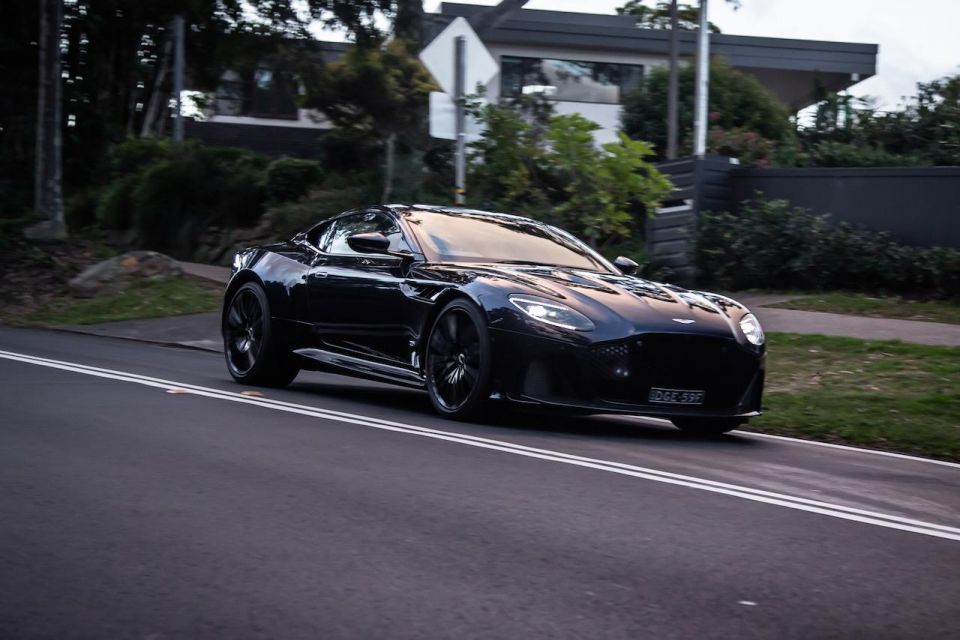
And the brakes. Wow. They’re carbon-ceramic measuring 410mm front and 360mm rear, and deliver mind-blowing stopping power. If anything, it almost feels overkill thanks to a relatively sensitive pedal at the top of the travel.
Any complaints centre around the fact I was craving more noise at lower revs in GT mode. As it stands, it’s just not enough to excite given you’re mostly doing 60km/h in a city like Sydney. Sport+ dials up the exhaust note to appropriate satisfaction levels – but you don’t really want that kind of manic set-up for the daily commute.
Above all that, though, there’s a sense of theatrics and excitement every time you lower yourself into the driver’s seat and fire up the V12, while enjoying the crowd being seduced by the DBS Superleggera as you pull away.
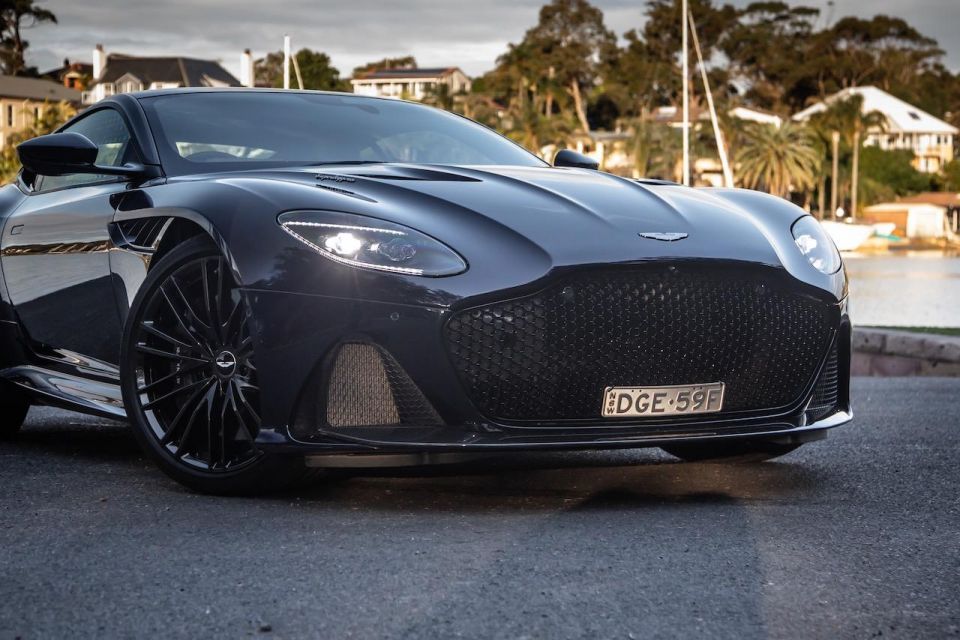
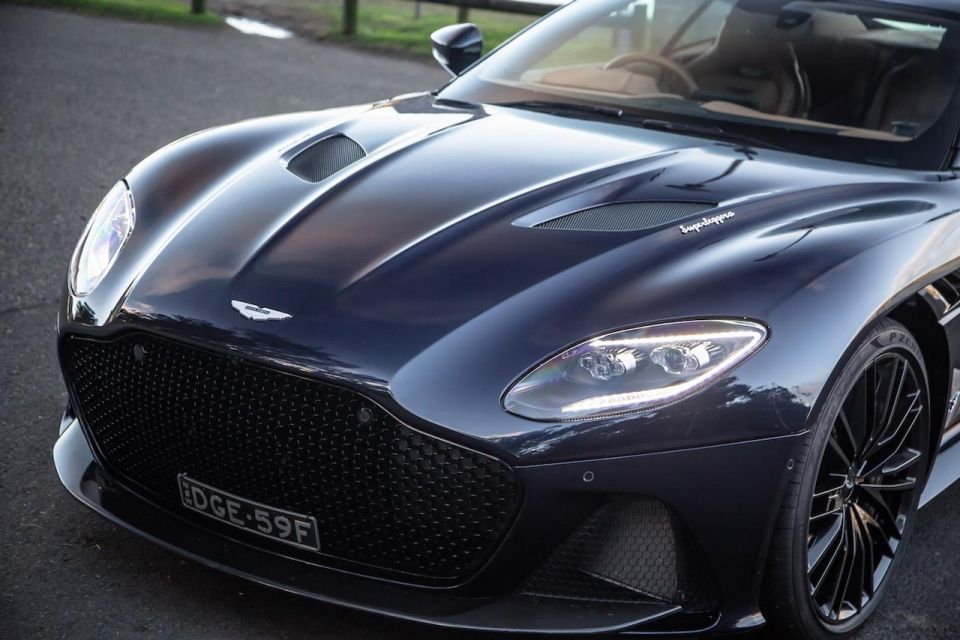
There’s a three-year, unlimited-kilometre warranty with 24-hour roadside assistance. Bear in mind, Ferrari offers seven years with free scheduled servicing across its range.
Aston claims 12.4L/100km on a combined cycle and while that may well be possible in GT mode with an exceedingly light throttle, we managed 22L/100km around town almost exclusively and that was on a fairly tight leash.
No other car in Aston Martin’s four-model range characterises the brand better than DBS Superleggera.
It’s staggeringly beautiful and immensely potent in a rigid, somehow forgiving chassis, all of which combines to create something truly seductive and enormously capable.
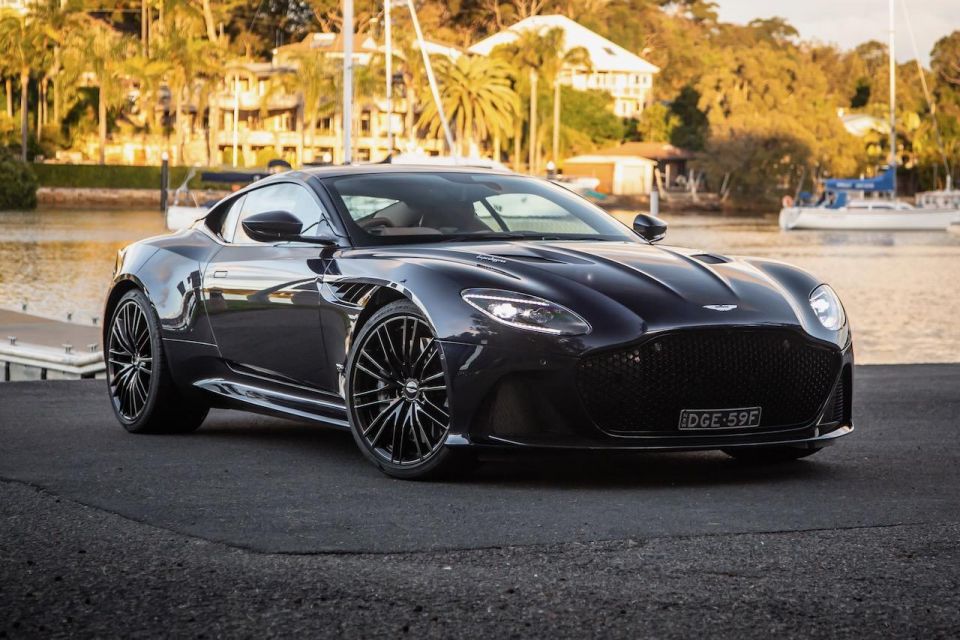
Honestly, just looking at this thing, nose out in a garage, can be all the therapy you need.
Where expert car reviews meet expert car buying – CarExpert gives you trusted advice, personalised service and real savings on your next new car.
Anthony Crawford is a CarExpert co-founder and senior presenter with 20+years in automotive journalism and content creation.


Max Davies
51 Minutes Ago
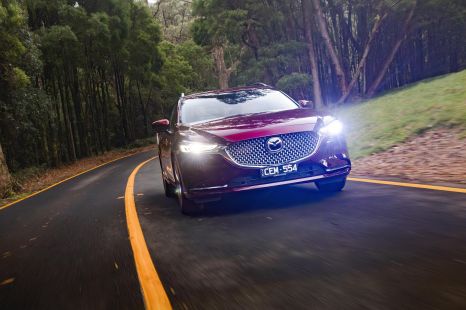

William Stopford
52 Minutes Ago
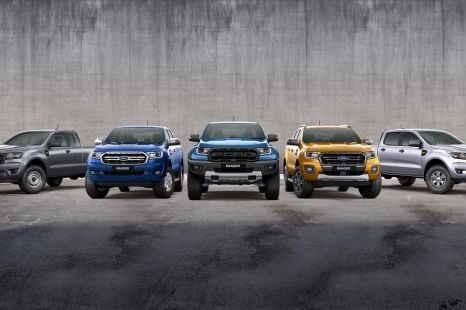

Derek Fung
1 Hour Ago
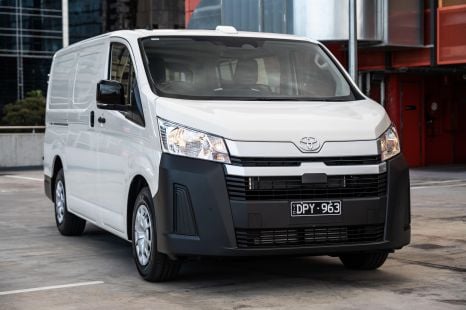

Max Davies
9 Hours Ago
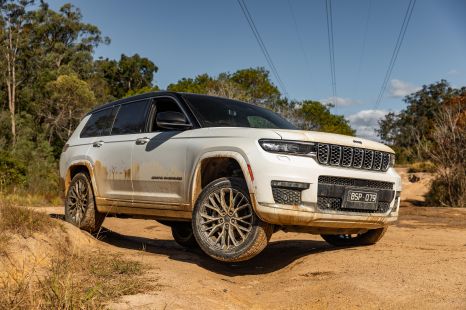

William Stopford
1 Day Ago
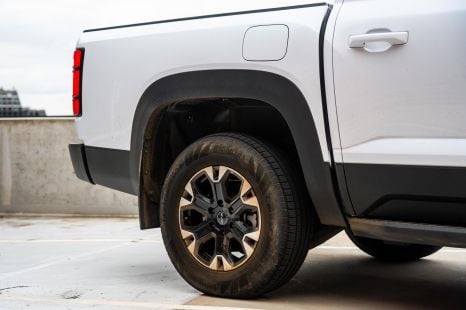

Ben Zachariah
1 Day Ago